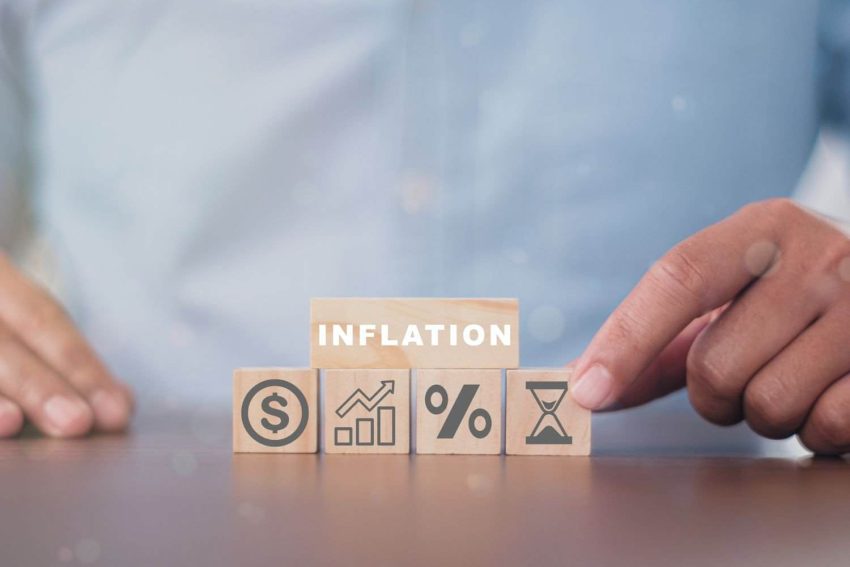South Africans do not have to wonder any more if there will be a new inflation target and when it will kick in.
Although it looked as if Finance Minister Enoch Godongwana and Reserve Bank governor Lesetja Kganyago were getting irritated with each other over a new inflation target of 3% instead of the current band of 3% to 6%, it seems they have now buried the hatchet.
Kganyago mentioned a new inflation target a few times this year as part of his speeches at the meetings of the Monetary Policy Committee (MPC) and also in other speeches. Godongwana was first expected to announce the new inflation target in his Budget 2025 speech, but when he did not, experts expect he will leave it until the Medium Term Budget Policy Statement (MTBPS).
Godongwana, on the other hand did not want to say much about a new inflation target.
It looks like any discontent is now over as the ministry of finance and the South African Reserve Bank (Sarb) have now issued a joint release explaining the process to decide on the inflation target and then announce it.
According to the release, increasing public debt and inflation globally made the importance of sound macroeconomic frameworks for sustainable economic growth clear. Since the pandemic and its aftermath, domestic inflation has eased and the debt trajectory tempered.
ALSO READ: What lowering the inflation target will mean for SA
Discussion about inflation target as post-pandemic surge in inflation faded
“Monetary policy has been effective and fiscal policy is actively moving to a more sustainable path for public finances. Nonetheless, new risks to the global outlook underscore the high potential for further global shocks.” it said.
“Macroeconomic policy needs to be both flexible and robust to these shocks and the many others that will inevitably come our way.”
With the post-pandemic surge in inflation fading, the National Treasury and Sarb analysed and discussed the value of reducing inflation to levels consistent with the country’s trading partners.
South Africa continues to target inflation within the 3‒6% range, with Sarb focusing on anchoring inflation at the midpoint of the range, or 4.5%, since 2017. Research and consultations have, however, highlighted a range of specific challenges associated with a wide target band and the long-term costs to the economy and entrenched inequality caused by relatively high inflation.
Over the past year, inflation expectations have shifted downward in line with softer inflation outcomes. To sustain this progress and meet its constitutional mandate of price stability, the MPC expressed its preference for consumer price inflation to remain low, around the bottom end of the current target range of 3‒6%.
ALSO READ: A 3% inflation target: What it means for SA markets, and will it solve our debt issues?
Low and stable inflation good for economic growth
Similarly, the National Treasury in its 2024 Macroeconomic Policy Review acknowledged that low and stable inflation is good for economic growth and concluded that monetary policy goals have broadly been achieved.
The review also emphasised that, while the current macroeconomic policy framework is fit for purpose and flexible to changing conditions, some adjustments could make it more effective. The Macroeconomic Standing Committee (MSC) then did some additional technical work to assess the appropriateness of the inflation target.
As has been the practice, macroeconomic policy, including adjustments to the inflation target, will continue to be evidence based, according to the statement.
The process to change the inflation target will entail:
- As the technical work draws to a close, the MSC will draft recommendations on the inflation target and table them to the minister as well as the governor of the Sarb;
- The minister and governor will agree on any changes to the target band; and
- The minister will make a formal announcement as soon as is practical to anchor expectations.

